The Importance of Paw Care for Cats

Paw care is an essential aspect of cat grooming and overall well-being. Cats rely on their paws for various activities, including walking, climbing, hunting, and playing. Understanding the structure and function of a cat's paw allows us to grasp the significance of maintaining healthy paws. Neglecting paw care can lead to discomfort, pain, and even serious injuries for our feline companions. By prioritizing regular paw care routines, such as grooming, nail trimming, and inspecting for potential issues, we can ensure that our cats' paws remain in optimal condition and support their overall health and happiness.
Understanding the structure and function of a cat's paw
A cat's paw is a complex structure that plays a crucial role in its daily activities. Each paw consists of five toes, with retractable claws that provide stability and agility while walking or climbing. The pads on the bottom of the paws act as shock absorbers, protecting the joints and bones from impact. Cats also have sweat glands on their paw pads, which help with heat regulation. Additionally, the sensitive nerve endings in their paws allow them to navigate their environment and detect changes in texture and temperature. By understanding the unique structure and function of a cat's paw, you can better appreciate the importance of proper care and maintenance for their overall well-being.
Why maintaining healthy paws is essential for your cat's overall well-being
Maintaining healthy paws is crucial for your cat's overall well-being. Your cat's paws play a vital role in their daily activities, providing stability and balance while walking, running, and climbing. Healthy paws enable proper grooming and scratching behavior as well. Neglecting paw care can lead to discomfort, pain, and difficulties in movement for your feline companion. By prioritizing paw health, you are ensuring your cat's physical comfort and mental happiness. Regular grooming, nail trimming, moisturizing, and inspecting the paws allow for early detection and prevention of potential issues.
Winter Paw Care Tips
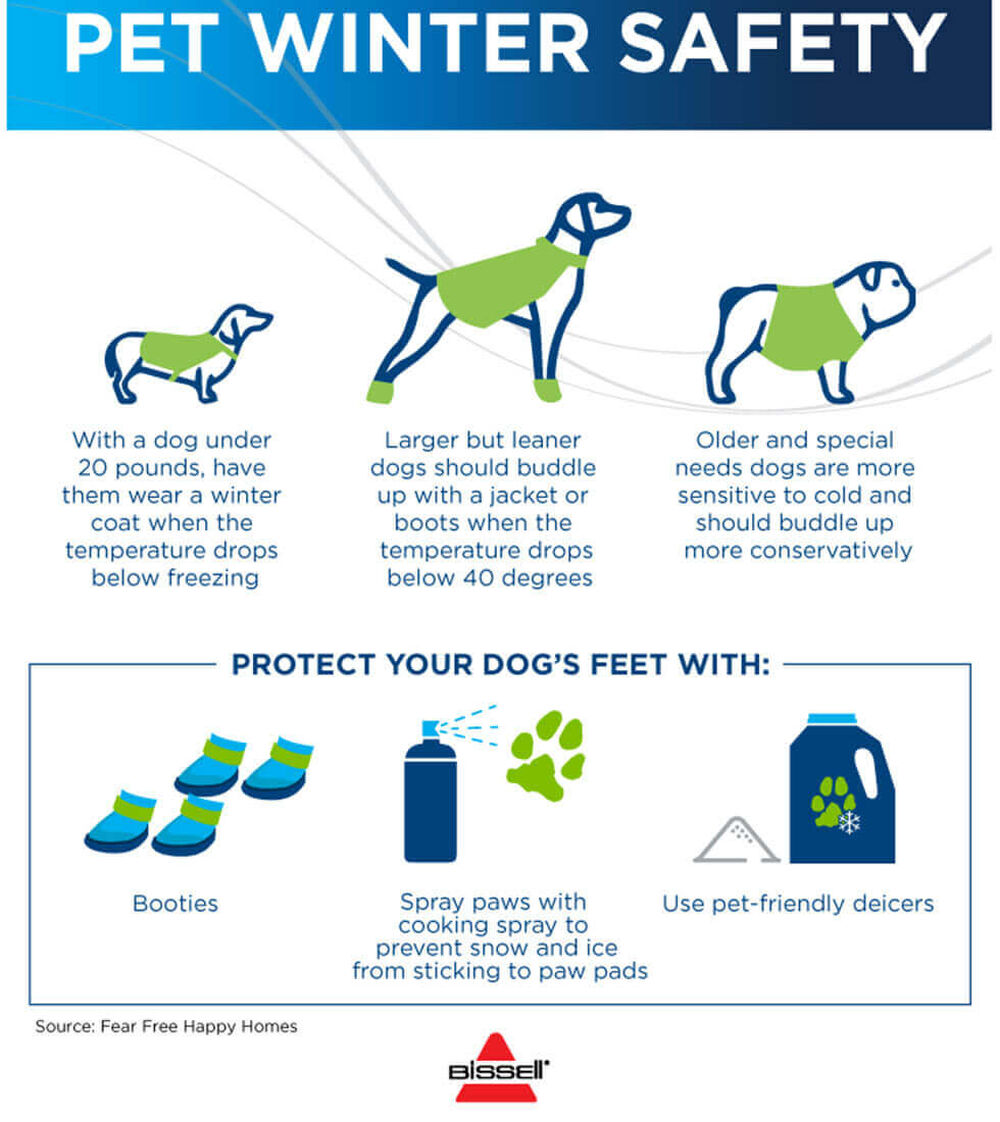
Winter Paw Care Tips:
During the winter months, it's important to take extra precautions to protect your cat's paws from the cold weather and potential hazards. Here are some tips to keep their paws healthy and comfortable:
- Check for ice and snow build-up between the toes and pads regularly, and gently remove any frozen debris to prevent discomfort.
- Avoid taking your cat for walks on icy surfaces or salted roads, as these can irritate their paws. If they must go outside, consider using pet-safe ice melt or booties.
- Keep your cat's paws moisturized to prevent dryness and cracking. Apply a pet-safe paw balm or petroleum jelly on their pads to provide protection.
- Trim their nails regularly during winter to prevent overgrowth, as this can lead to painful ingrown nails which are more prone to snow or ice buildup.
By following these simple winter paw care tips, you can ensure your feline friend stays comfortable and safe during the colder months of the year.
How cold weather can affect your cat's paws

Cold weather can have a significant impact on your cat's paws. When the temperature drops, the ground becomes cold, and potentially icy or snowy. This can cause discomfort and even frostbite to your cat's sensitive paw pads. Cold surfaces can also make it difficult for cats to maintain their balance, leading to slips and falls. Additionally, the moisture from melted snow or ice can cause the pads to become wet and soft, making them more vulnerable to damage. It is essential to take precautions and protect your cat's paws during winter months.
Winter paw care tips to protect your cat's paws from cold and ice

During the winter months, it is important to take extra care of your cat's paws to protect them from the cold and ice. First, consider keeping your cat indoors during extreme weather conditions to prevent exposure to freezing temperatures. If your cat does go outside, ensure they have access to warm shelter and provide them with booties or paw wax to prevent their paws from coming into direct contact with ice and snow. Additionally, try wiping their paws with a warm cloth after being outside to remove any snow or ice buildup.
Summer Paw Care Tips

As the summer months roll in, it's important to be mindful of your cat's paw care. Hot surfaces can pose a potential danger to their delicate paws. To prevent burns and injuries, provide your cat with shaded areas to rest and avoid walking them during the hottest times of the day. Additionally, consider purchasing booties specifically designed for cats to protect their paws from scorching pavements. Regularly check their paw pads for any signs of damage or burns, and consult your veterinarian if you notice anything concerning. By taking these precautions, you can ensure that your cat's paws stay healthy and happy throughout the summer season.
The potential dangers of hot surfaces for your cat's paws

Hot surfaces can pose a significant threat to your cat's delicate paws. During the summer months, pavements, sand, and asphalt can heat up quickly under the scorching sun. These surfaces can reach dangerously high temperatures that can burn your cat's paw pads. Cats are particularly susceptible to burns because their paw pads have thinner skin compared to other parts of their body. Walking on hot surfaces for even a short amount of time can cause painful burns and blisters, leading to discomfort and potential infections. It is crucial to protect your cat's paws from hot surfaces to ensure their safety and well-being during the summer season.
Summer paw care tips to prevent burns and injuries during hot weather

During the summer months, hot surfaces can pose a threat to your cat's delicate paws. To prevent burns and injuries, there are a few steps you can take. First, avoid walking your cat on scorching pavement or sand. Instead, opt for shaded areas or use protective booties. Additionally, keep your cat's paws moisturized with a paw balm to prevent dryness and cracking. Lastly, be mindful of potential hazards such as hot grills or fire pits when allowing your cat to roam in outdoor spaces. By following these summer paw care tips, you can help ensure your cat's paws stay safe and healthy during the warmer months.
Seasonal Grooming for Paw Health
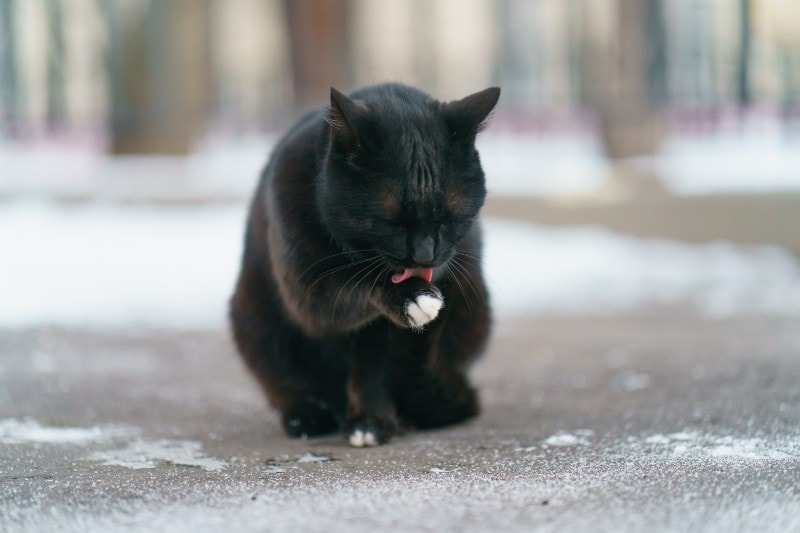
To maintain healthy paws throughout the year, regular grooming practices are essential for your cat. Seasonal grooming specifically focuses on keeping your cat's paw clean and healthy, especially during times when environmental factors may pose a risk. This includes removing any debris or mats that may have accumulated between the toes or on the paw pads. By practicing seasonal grooming, you can prevent issues such as infections or discomfort caused by foreign objects lodged in your cat's paws, ensuring their overall paw health is maintained.
Regular grooming practices to keep your cat's paw clean and healthy
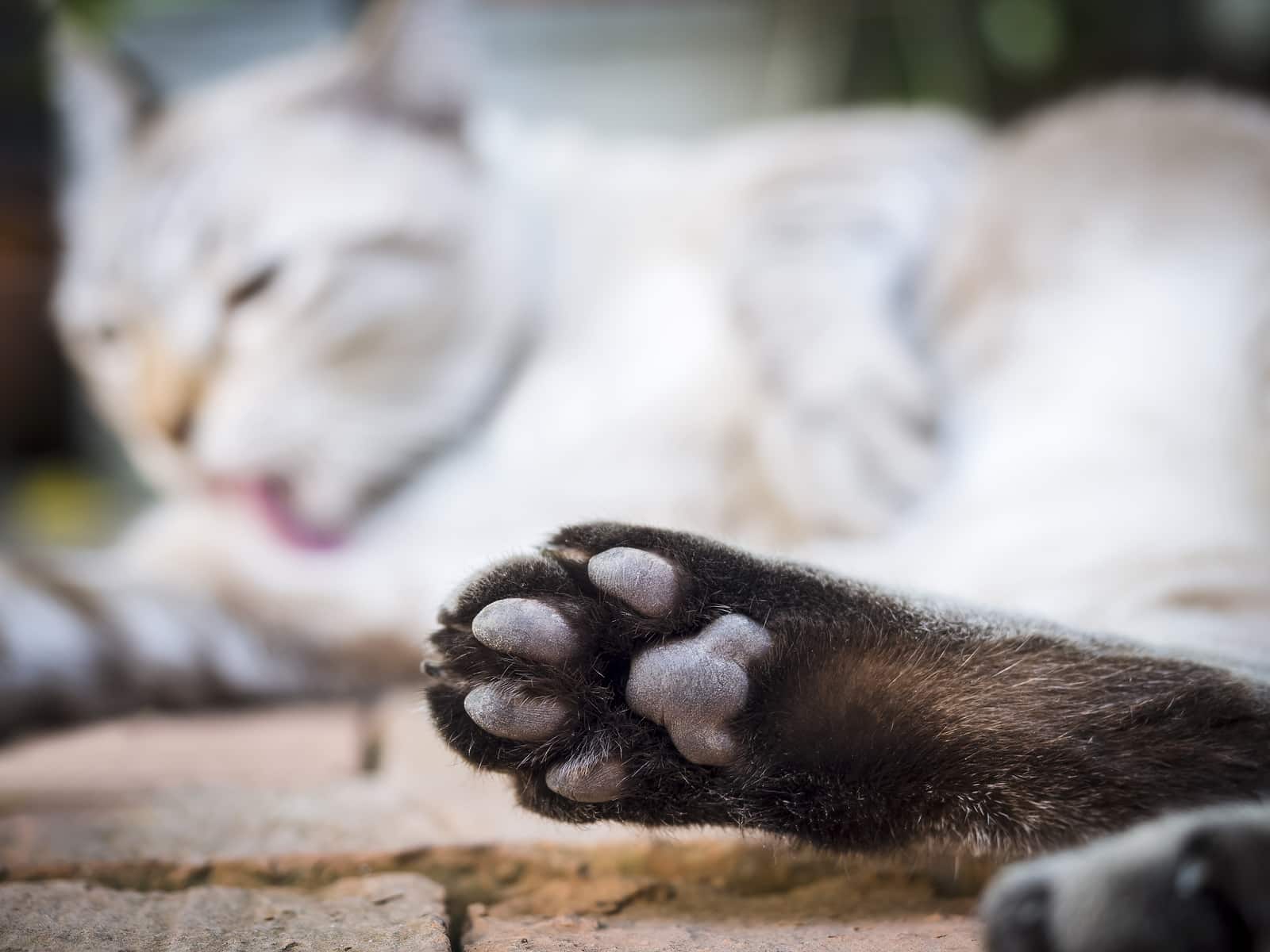
Regular grooming practices are essential for maintaining clean and healthy paws for your cat. Start by checking the paws regularly for any signs of dirt, debris, or foreign objects lodged between the toes. Use a soft damp cloth or pet-friendly wipes to gently clean the paws. Regular brushing sessions will help prevent mats and tangles in the fur around the paws, reducing the risk of irritation or discomfort. Additionally, trimming excess hair around the paw pads can prevent matting and accumulation of dirt. By incorporating these grooming practices into your routine, you can ensure that your cat's paws stay fresh and healthy.
Identifying and addressing common paw issues such as mats and debris
Common paw issues such as mats and debris can cause discomfort and potential health problems for your cat. It's important to regularly inspect your cat's paws for any signs of matting or foreign debris. Mats can form in the fur between the toes or underneath the paw pads, leading to pain and difficulty walking. Gently combing through your cat's fur with a fine-toothed comb can help prevent mats from forming. If you do notice mats, it's best to consult a professional groomer or veterinarian for safe removal. Additionally, foreign debris like small stones or thorns can become lodged in the paw pads, causing irritation and potential infections. Carefully inspecting the paws and gently removing any debris can help keep your cat's paws clean and healthy. Regular grooming practices and maintaining a clean environment can go a long way in preventing these common paw issues.
Nail Trimming Techniques for Paw Comfort

Nail trimming is an essential part of maintaining your cat's paw health and comfort. Long nails can cause discomfort, difficulty walking, and even lead to injuries. To ensure a positive experience for both you and your cat, it's important to follow the proper nail trimming techniques. First, choose a quiet and calm environment. Gently hold your cat's paw and use a pair of cat nail clippers to trim the tip of each nail, avoiding the quick. Be cautious not to cut too close or it may cause bleeding or pain. Reward your cat with treats and praise for cooperating during the process. Regular nail trims will help keep your cat's paws comfortable and prevent any potential issues.
The importance of proper nail trimming for your cat's paw health

Proper nail trimming is essential for maintaining your cat's paw health. Overgrown nails can cause discomfort and pain for your furry friend. When nails become too long, they can curl and dig into the footpad, leading to infections or difficulty in walking. Regular nail trimming helps prevent these issues and ensures that your cat's paws stay healthy. It is important to use the correct techniques and tools to avoid cutting into the quick, a sensitive area that can cause bleeding and pain. By practicing proper nail care, you can help your cat maintain comfortable and healthy paws.
Step-by-step guide to safely trim your cat's nails and prevent overgrowth

Trimming your cat's nails is an important part of paw care that can help prevent overgrowth and discomfort. To safely trim your cat's nails, start by creating a calm and comfortable environment. Gently hold your cat's paw and use a specially designed cat nail trimmer to carefully cut just the tips of the nails. Take care not to trim too close to the quick, as this can be painful for your cat. If you're unsure where the quick is, consult with your veterinarian for guidance. Regular nail trims, done in a gentle and controlled manner, will keep your cat's paws healthy and comfortable.
Moisturizing and Protecting Paw Pads

Moisturizing and protecting your cat's paw pads is essential for maintaining their overall paw health. Cat paw pads can become dry and cracked, especially during extreme weather conditions. To moisturize their paw pads, you can use specialized paw pad balms or creams that are safe for feline use. These products help to hydrate and soften the paw pads, preventing dryness and cracking. Additionally, protecting your cat's paw pads from harsh surfaces, such as hot pavement or abrasive materials, can help prevent injuries. Always ensure that your cat's environment is safe and comfortable for their paws.
How to moisturize and protect your cat's paw pads from dryness and cracking

One of the most important aspects of paw care for cats is keeping their paw pads moisturized and protected from dryness and cracking. Dry and cracked paw pads can be painful and uncomfortable for your furry friend. To prevent this, you can moisturize their paw pads with a pet-safe paw balm or cream. These products are specifically designed to nourish and hydrate the skin on their paws, keeping them soft and supple. Applying the balm or cream regularly, especially during dry seasons or in arid climates, can help prevent dryness and cracking, ensuring your cat's paws stay healthy and pain-free.
Choosing the right paw pad balms and creams for your cat's needs

Choosing the right paw pad balms and creams for your cat's needs is crucial for maintaining their paw health. When selecting these products, it's important to consider your cat's specific needs. Look for balms and creams that are specifically formulated for cats, as human products may contain ingredients that are harmful to them. Opt for natural and gentle ingredients such as shea butter or coconut oil to moisturize dry paw pads. Additionally, choose products that provide protection against extreme temperatures and rough surfaces. Consulting with a veterinarian can also help you choose the best products for your cat's individual requirements.
Paw Inspection and Paw Pad First Aid

Regular paw inspection is crucial for cat owners to ensure their furry friend's overall paw health. By regularly examining the paws, you can catch any early signs of issues such as cuts, scratches, infections, or foreign objects stuck between the paw pads. If you notice any abnormalities during the inspection, such as redness, swelling, or discharge, it's important to seek veterinary attention promptly. In cases of minor cuts or abrasions, it's essential to clean the affected area gently with mild antiseptic solutions and apply a pet-safe ointment or bandage if necessary. Remember to consult your veterinarian for proper advice and guidance in providing first aid for more severe paw injuries.
Regular paw inspections to catch early signs of issues
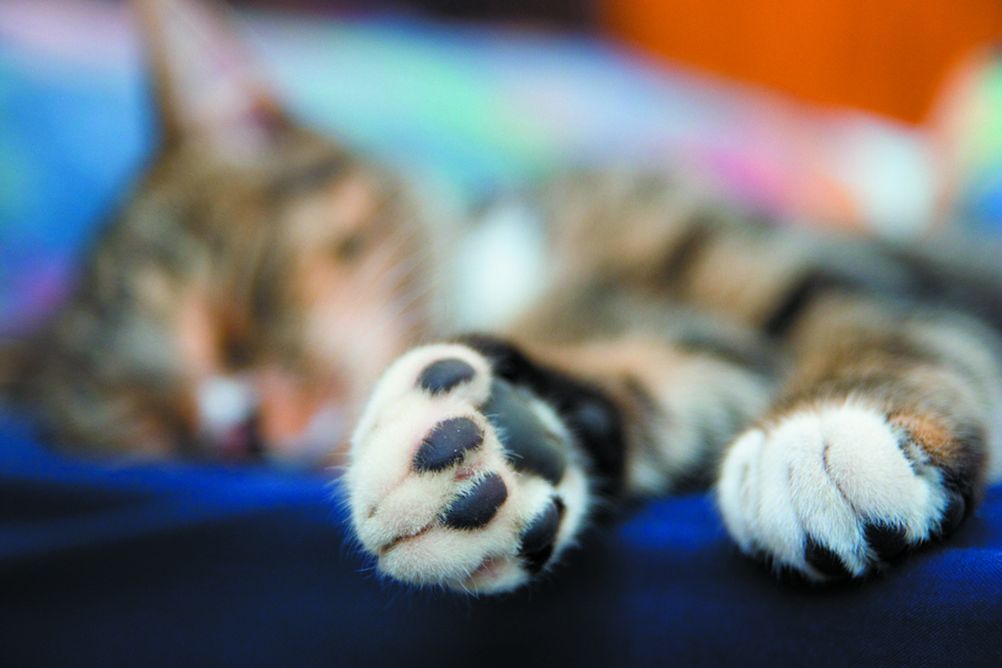
Regular paw inspections are an important part of maintaining your cat's overall paw health. By regularly examining your cat's paws, you can catch any early signs of issues and address them before they become more serious. During these inspections, look for any cuts, scratches, or infections on the paw pads or between the toes. Check for any swelling, redness, or discharge as well. Additionally, inspect the nails for overgrowth or any signs of injury. By staying vigilant with these regular inspections, you can ensure that your cat's paws stay healthy and free from any potential problems.
First aid for common paw injuries such as cuts, scratches, and infections
When it comes to your cat's paws, injuries can happen. Whether it's a minor cut, scratch, or even an infection, it's important to know how to administer first aid. Start by gently cleaning the affected area with mild soap and warm water. Apply an antiseptic like hydrogen peroxide or iodine to prevent infection. If there is bleeding, apply gentle pressure with a clean cloth or bandage. Consider using a pet-safe wound spray or ointment to promote healing. It's crucial to monitor the injury closely and seek veterinary attention if it doesn't improve or worsens.
Environmental Factors and Paw Safety
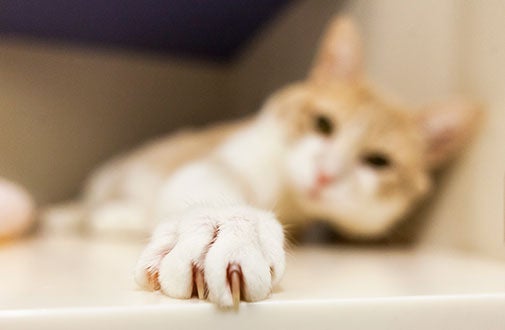
Environmental Factors and Paw Safety play a crucial role in maintaining the health and well-being of your cat's paws. Outdoor environments can present various risks that may harm your cat's delicate paws. Hot pavement, sharp objects, chemicals, and rough surfaces can all cause injuries or discomfort. It's important to be aware of these factors and take necessary precautions to keep your cat's paws safe. Whether you're taking a walk on hot pavement or allowing your cat to explore the outdoors, always ensure their paw safety by providing protective shoes or inspecting their paws for potential hazards.
How outdoor environments can affect your cat's paws
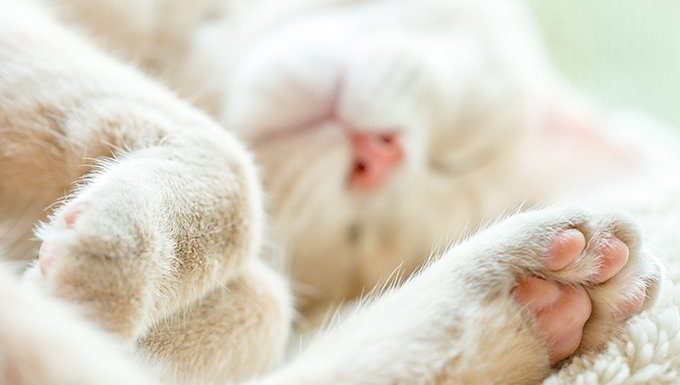
Outdoor environments can have a significant impact on the health and well-being of your cat's paws. Various factors, such as hot pavement, sharp objects, and rough surfaces, can pose risks to their delicate paw pads. Walking on hot pavement during summer months can lead to burns or blisters, while encounters with sharp objects like broken glass or nails can cause cuts and injuries. Additionally, rough surfaces like gravel or concrete can wear down the paw pads over time, resulting in discomfort or even pain for your feline friend. It's crucial to be mindful of the outdoor surroundings and take necessary precautions to ensure your cat's paws are protected at all times.
Paw safety precautions to take in different scenarios, such as walking on hot pavement or sharp objects
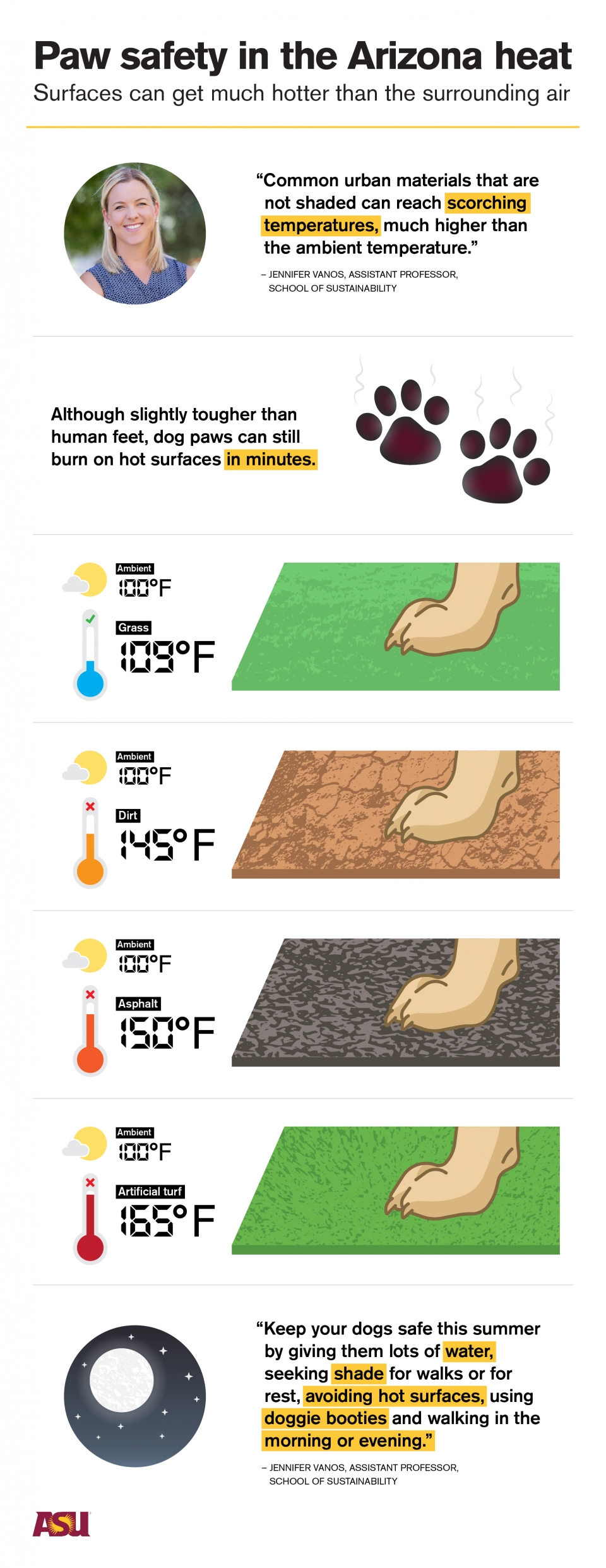
When it comes to protecting your feline friend's paws, it's crucial to be aware of potential hazards in different scenarios. During the summer months, walking on hot pavement can pose a risk to your cat's delicate paw pads. To prevent burns, consider taking walks during cooler times of the day or investing in protective booties. Additionally, be cautious of sharp objects such as broken glass or thorns when exploring outdoor areas with your cat. Always keep a close eye on their paws and avoid potentially dangerous areas to ensure their safety.
Conclusion

In conclusion, taking care of your cat's paws is essential for their overall well-being. By understanding the structure and function of their paws and implementing seasonal care tips, you can protect your feline friend from potential dangers and health issues. Regular grooming, proper nail trimming, moisturizing paw pads, and inspecting for injuries are all crucial aspects of paw care. Remember to consider environmental factors and take appropriate safety precautions. By prioritizing paw health, you can ensure that your cat is happy, comfortable, and able to enjoy a healthy life.
Recap of the importance of paw care for your cat's overall health

Taking care of your cat's paws is not just about maintaining their physical well-being, it is also crucial for their overall health. Your cat's paws are essential for their mobility, balance, and stability. Regular paw care helps prevent injuries, infections, and discomfort. By providing proper grooming, examining the paw pads, trimming nails, moisturizing, and protecting against environmental factors, you can ensure your cat's paws stay healthy and happy. Remember, a healthy set of paws means a healthy feline companion.
Additional resources and tips for maintaining healthy paws throughout the year
To ensure year-round paw health for your cat, there are additional resources and tips you can utilize. Online pet care forums and websites often provide useful information on paw care, including grooming techniques and products to keep your cat's paws in optimal condition. Additionally, consulting with a veterinarian can provide personalized advice tailored to your cat's specific needs. Remember to regularly check your cat's paws for any signs of discomfort or injury and address them promptly. By staying informed and proactive, you can ensure that your furry friend's paws remain healthy and happy throughout the year.




0 Comments